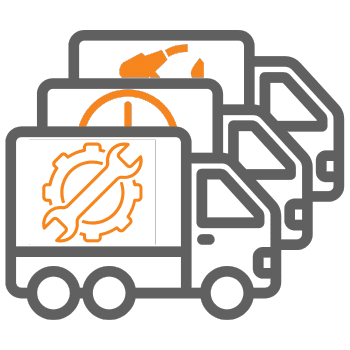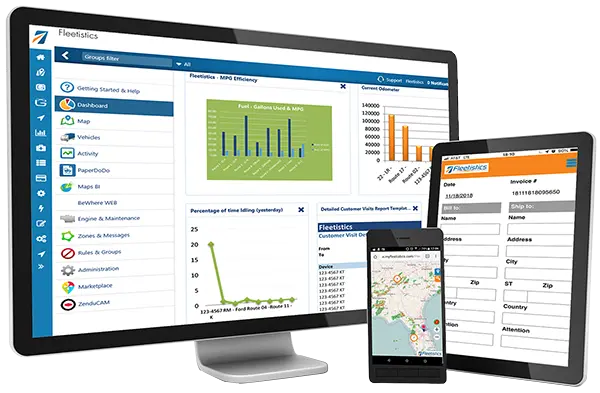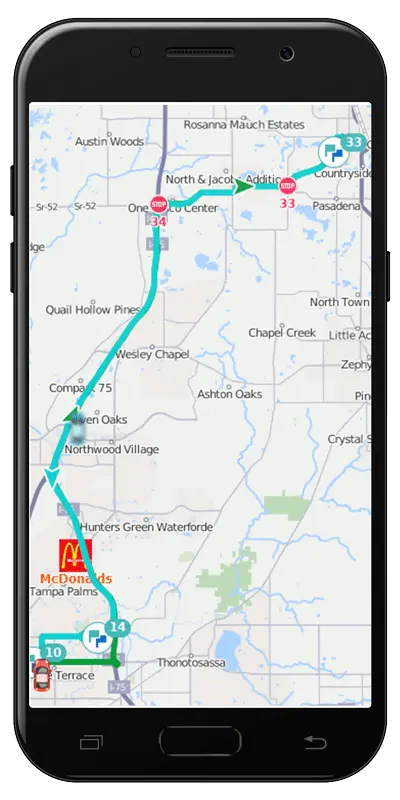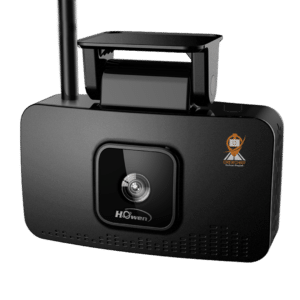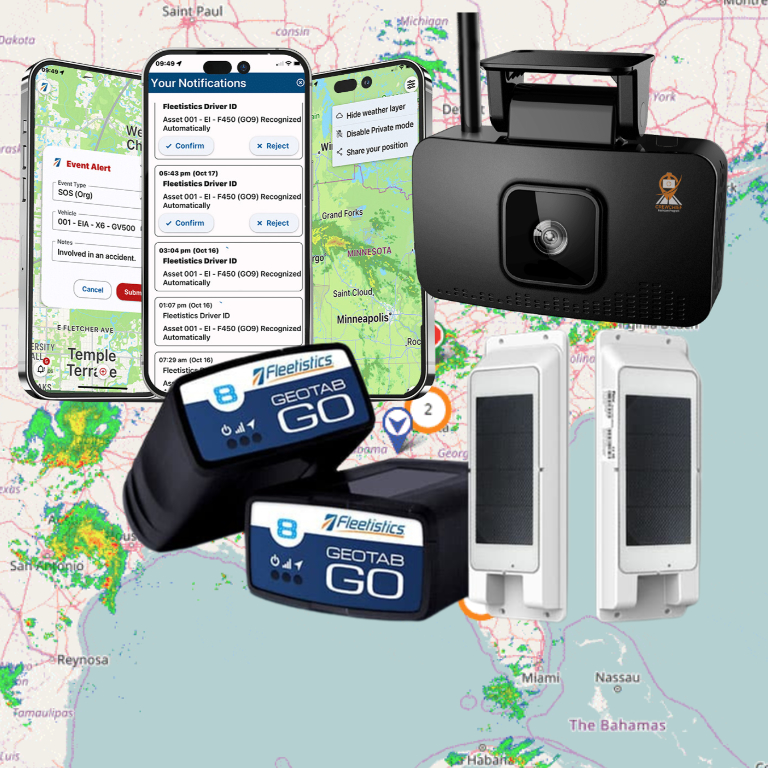A full deck of Fleet Management Tips
Deploying fleet tracking technology is no gamble because the deck is stacked in your favor. Vehicle tracking and telematics data is key to effortlessly staying on top of it all. With a little technology and the right fleet management tips, training, and support, the overwhelming task of managing a fleet is simplified. With that in mind, we came up with a stacked deck just for you!
Better than a straight flush!
Here are 52 fleet management tips to help fleet managers optimize operations, improve efficiency, and ensure safety with cost effective technology from Fleetistics:
Spades
Ace. Regular Maintenance: Schedule regular maintenance checks to prevent breakdowns.
Deuce. Driver Training: Provide ongoing training for drivers on safety and efficiency.
3. Fuel Management: Monitor fuel usage and implement fuel-saving strategies.
4. Telematics Systems: Use telematics to track vehicle location, speed, and performance.
5. Preventive Maintenance: Implement a preventive maintenance program to catch issues early.
6. Fleet Management Software: Invest in fleet management software for better tracking and reporting.
7. Driver Feedback: Collect and act on feedback from drivers to improve operations.
8. Safety Policies: Establish and enforce strict safety policies.
9. Route Optimization: Use route optimization tools to reduce travel time and fuel consumption.
10. Vehicle Replacement: Plan for timely replacement of aging vehicles.
Jack. Compliance: Stay updated on and comply with all relevant regulations.
Queen. Accident Management: Have a clear accident management plan in place.
King. Insurance: Ensure all vehicles are adequately insured.
Hearts
Ace. Cost Tracking: Track all fleet-related costs to identify areas for savings.
Deuce. Driver Incentives: Offer incentives for safe and efficient driving.
3. Vehicle Utilization: Monitor and optimize vehicle utilization.
4. Environmental Impact: Implement strategies to reduce the environmental impact of your fleet.
5. Emergency Preparedness: Have an emergency preparedness plan for natural disasters or other crises.
6. Technology Upgrades: Stay current with technology upgrades that can improve fleet efficiency.
7. Driver Health: Promote driver health and wellness programs.
8. Communication: Maintain open lines of communication with drivers and other stakeholders.
9. Data Analysis: Use data analysis to make informed decisions.
10. Inventory Management: Keep track of spare parts and other inventory.
Jack. Vendor Relationships: Build strong relationships with vendors and suppliers.
Queen. Budgeting: Create and stick to a budget for fleet operations.
King. Risk Management: Identify and mitigate risks associated with fleet operations.
Diamonds
Ace. Sustainability: Explore sustainable practices, such as using electric or hybrid vehicles.
Deuce. Driver Scheduling: Optimize driver schedules to reduce fatigue and improve efficiency.
3. Customer Service: Ensure your fleet operations support excellent customer service.
4. Vehicle Customization: Customize vehicles to better meet the needs of your operations.
5. Training Programs: Develop comprehensive training programs for new hires.
6. Performance Metrics: Establish and track key performance metrics.
7. Fleet Size: Regularly assess and adjust the size of your fleet.
8. Driver Retention: Implement strategies to retain good drivers.
9. Load Management: Optimize load management to improve efficiency.
10. Regulatory Changes: Stay informed about changes in regulations that affect your fleet.
Jack. Cost-Benefit Analysis: Perform cost-benefit analyses for major decisions.
Queen. Driver Behavior Monitoring: Monitor and address unsafe driving behaviors.
King. Vehicle Security: Implement measures to protect vehicles from theft and vandalism.
Clubs
Ace. Fuel Cards: Use fuel cards to manage and control fuel expenses.
Deuce. Maintenance Records: Keep detailed maintenance records for all vehicles.
3. Driver Accountability: Hold drivers accountable for their performance.
4. Fleet Audits: Conduct regular audits of fleet operations.
5. Technology Integration: Integrate various technologies for seamless operations.
6. Driver Communication Tools: Provide drivers with tools for easy communication.
7. Vehicle Downtime: Minimize vehicle downtime through efficient scheduling and maintenance.
8. Driver Recruitment: Develop a strong driver recruitment strategy.
9. Fleet Expansion: Plan carefully for fleet expansion.
10. Driver Safety Programs: Implement programs focused on driver safety.
Jack. Operational Efficiency: Continuously seek ways to improve operational efficiency.
Queen. Stakeholder Engagement: Engage with stakeholders to understand their needs and expectations.
King. Continuous Improvement: Foster a culture of continuous improvement within your fleet operations.
Ready to stack your deck for success?
We hope you found these fleet management tips helpful! Is there anything specific you’d like to dive deeper into? Complete the form below to connect with a dedicated Fleet Management Consultant.

